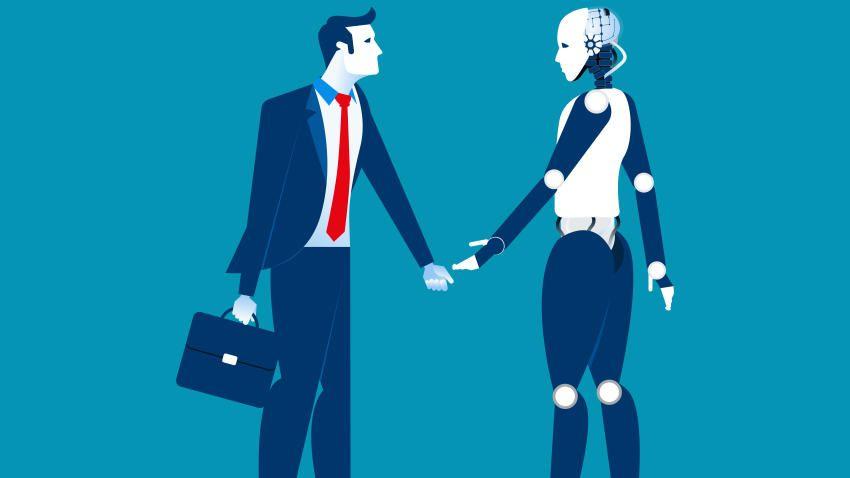This is how AI helps HR: six problems that artificial intelligence avoids
Information quality, automation, cost savings and staff satisfaction are some of the contributions of Artificial Intelligence to the operations of the Human Resources area, according to an analysis carried out by experts from the consulting firm NovaQuality, specialized in data analytics and governance .
This analysis also identifies the main inefficiencies that could be avoided with the application of technologies based on information processing and predictive models, which are specified in:
1. Profiles that do not fit the vacant position.
Correctly defining the characteristics of the profile to be incorporated is a key job and, at the same time, arduous: experience, skills and abilities, training, expectations... Nowadays, thanks to the different communication platforms that we have within our reach, the volume of job applications can be very high and, however, the number of applications that really fit the desired profile should be minimal. With the application of Artificial Intelligence we will be able to establish filters, analyze and categorize requests in an agile way which, in addition to saving resources, will result in the recruitment of more suitable candidates.
2. Confusion in the onboarding processes
For those companies with a large flow of professionals and of great size, it is of vital importance that their incorporation and adaptation take place with maximum fluidity. The use of machine learning technologies and their application in internal communication platforms substantially facilitates this process, avoids dysfunctionalities and, above all, generates an environment of greater trust in newly hired employees.
3. Deficiencies in training programs

Artificial Intelligence offers the possibility of developing applications that facilitate employee learning with a high degree of personalization and based on future needs. Adaptation of curricular programs, support of voice assistants and chatbots, evaluation reports with proposals for improvement, application of game dynamics to educational environments..., the possibilities in this area are diverse.
4. Negative employee experience
Each professional is different and different is the perception they have of their environment, how they relate, their level of expectations... Controlling each and every one of these parameters individually to design an employee experience with a high degree of personalization is a challenge for Human Resources departments. This is possible thanks to big data analysis, the interpretation of this enormous amount of data and its automatic application in differentiated action models.
5. Oversizing of the template.
Correctly sizing a template is a determining aspect for the income statement of many companies. But it is also important to organize schedules, paid leave and rest periods, periods of medical leave... It is no longer just a matter of knowing in detail what is happening today, but also being able to predict future scenarios that could compromise the proper functioning of the company. structure. Here Artificial Intelligence becomes our best ally and considerably reduces the allocation of human resources to this task, being able to focus on others of greater value.
6. Errors in performance evaluation.
Knowledge, analysis and interpretation of performance and productivity indicators based on objective parameters is a very valuable tool when assessing the performance of a work team. Even more so in the case of extensive staff and companies with flexible remuneration formulas and subject to the achievement of objectives. And not only that, this knowledge will allow those responsible for the area to implement measures that limit the impact of absenteeism, demotivation or excessive turnover.
*If you found this article interesting, we encourage you to follow us on TWITTER and subscribe to our DAILY NEWSLETTER.
RRHDigital
